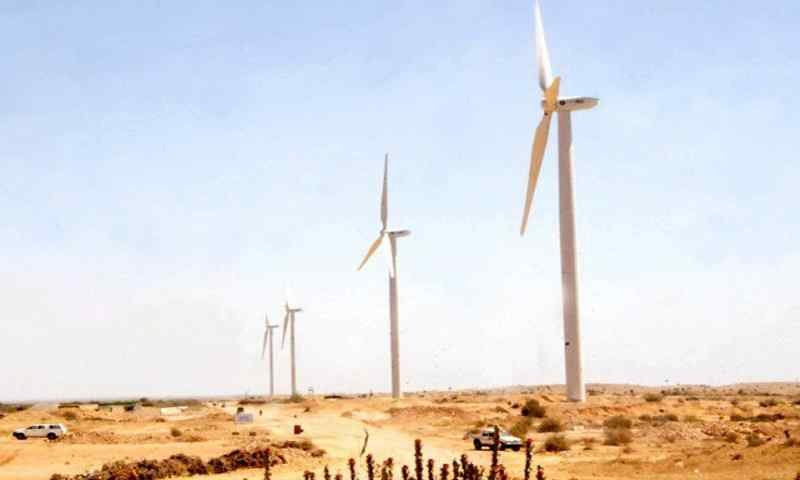The Sindh government has taken a decisive step towards decentralised energy by allocating 300 acres in Jhimpir to Moro Power Company (MPC) for a 100-megawatt wind and solar hybrid project. Once operational, it will be the province’s first business-to-business (B2B) green power venture under its own energy regulator.
Direct Power for Industry
Unlike conventional projects that feed electricity into the national grid, MPC’s plant will sell power straight to industries in Nooriabad through the Sindh Transmission and Despatch Company (STDC). Officials say the model promises more reliable and cheaper energy for factories struggling with high tariffs and frequent outages.
Sindh’s regulatory independence has made this possible. As the only province with its own power regulator—the Sindh Electric Power Regulatory Authority (SEPRA)—it can set tariffs and manage generation without federal oversight. Analysts view this project as a test case for bypassing Pakistan’s centralised but gridlocked energy system.
Harnessing Jhimpir’s Wind Corridor
Energy Minister Syed Nasir Hussain Shah highlighted Jhimpir’s untapped potential, calling it one of the cheapest renewable sources in the world. The corridor could generate up to 50,000MW of electricity, he noted, with costs as low as Rs8 per unit—far below the national average.
For this project, MPC will install 65MW of wind turbines alongside 35MW of solar panels. CEO Mustafa Abdullah said agreements have already been signed with a dozen industries in Nooriabad to supply power at Rs20 per unit. Financing discussions are underway with Alfalah Asset Management, the Bank of Punjab, Faysal Bank, and JS Bank.
Abdullah added that most of the funding is expected through an 80 percent debt-financing structure tied to the World Bank’s $7 billion green energy facility for Pakistan. “Our target is to deliver affordable electricity to industries by 2026,” he said.
Growing Renewable Footprint
Jhimpir is already home to 36 power producers with a combined output of 1,845MW, but the new B2B project signals a shift from utility-scale generation to industry-focused supply. Officials believe the model could unlock billions in private investment while boosting Sindh’s competitiveness as a manufacturing hub.
Globally, Pakistan lags behind in wind power adoption—China leads with over 700,000MW of installed capacity, followed by Germany and India with 120,000MW and 50,000MW respectively. With abundant wind corridors in Sindh and Balochistan, however, experts argue the country has the natural advantage to catch up, if regulatory and financial bottlenecks can be eased.
A Template for Provincial Energy Autonomy?
Energy observers say Sindh’s B2B experiment could offer a way around Pakistan’s recurring crises of circular debt and grid congestion. By supplying factories directly, provinces may cut reliance on federal transmission and avoid payment delays that have crippled the national power sector.
“This is more than just another renewable project—it’s a demonstration of what provincial autonomy, private investment, and international green financing can achieve together,” Abdullah said.
If successful, the Jhimpir hybrid plant may not only transform Sindh’s industrial energy landscape but also provide a blueprint for other provinces eyeing independent clean energy development.

